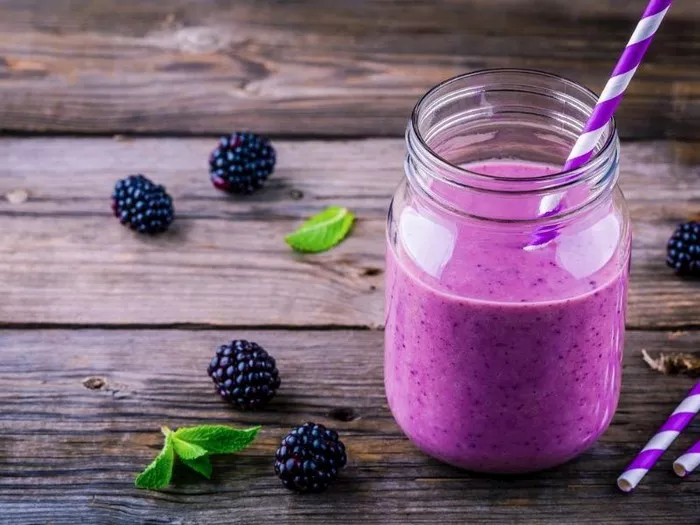Eggs are a staple ingredient in baking, particularly in cake recipes. They play a multifaceted role, contributing to the structure, texture, flavor, and appearance of cakes. Understanding what eggs do to a cake can help bakers make better decisions when formulating recipes or troubleshooting issues. This article will explore the various functions of eggs in cake baking, highlighting their importance and the effects they have on different aspects of cake production.
Structural Role
Eggs are vital for the structural integrity of cakes. They provide the necessary protein to form a stable framework that holds the cake together.
Protein Binding: Eggs contain proteins, mainly in the yolk and white. When eggs are heated, these proteins denature and coagulate, forming a network that gives the cake its structure. The proteins in egg whites are particularly important, as they have a high coagulation temperature, meaning they set firmly when baked. This firm structure helps the cake to rise and maintain its shape during baking.
Foam Formation: Egg whites can be whipped to create a foam, which is essential in some cake recipes, such as chiffon cakes. When egg whites are whipped, the proteins unfold and rearrange themselves into a stable network, trapping air bubbles. This foam adds volume and lightness to the cake, creating a tender crumb.
Textural Contribution
Eggs also play a significant role in determining the texture of cakes. They contribute to moisture, tenderness, and the overall mouthfeel of the baked goods.
Moisture Retention: Eggs contain a high percentage of water, which helps to keep cakes moist. The yolk, in particular, is rich in fats and emulsifiers that trap moisture and prevent the cake from drying out. When eggs are incorporated into the batter, they distribute moisture evenly throughout the mixture, ensuring that the cake stays tender and juicy even after baking.
Tenderness: The fats in egg yolks contribute to the tenderness of cakes. These fats coat the gluten strands formed by the flour and water, making them more flexible and less likely to form a tough, chewy texture. The fats also act as lubricants, making the cake crumb softer and more pleasant to eat.
Crumb Structure: Eggs influence the crumb structure of cakes by affecting gluten formation. When eggs are beaten with sugar, they create a syrupy mixture that coats the flour particles, delaying gluten development. This results in a softer, finer crumb with a more tender texture.
Flavor Enhancement
Eggs add a rich, eggy flavor to cakes that enhances their overall taste profile. This flavor is particularly noticeable in recipes that rely heavily on eggs, such as sponge cakes and génoise.
Umami Factor: Eggs contribute to the umami flavor of cakes, which is a savory, delicious taste that enhances the overall eating experience. The sulfur compounds in egg yolks add a slightly sulfurous aroma and flavor, which pairs well with the sweetness of the cake.
Complexity: Eggs add complexity to cake flavors, creating a harmonious blend of sweet, savory, and creamy notes. This complexity is particularly evident in recipes that use whole eggs, as the yolk and white contribute different flavors and textures to the final product.
Appearance and Color
Eggs also play a role in determining the appearance and color of cakes. They contribute to the golden-brown crust that is characteristic of baked goods and influence the interior color and texture.
Maillard Reaction: The Maillard reaction is a chemical process that occurs when amino acids and reducing sugars are heated together. This reaction creates browned compounds that contribute to the color, flavor, and aroma of baked goods. Eggs contain both amino acids and sugars, and when they are heated during baking, they undergo the Maillard reaction, contributing to the golden-brown crust of cakes.
Interior Color: Eggs also affect the interior color of cakes. The yolks contain carotenoids, which are natural pigments that give eggs their yellow color. When yolks are incorporated into cake batter, they distribute these pigments throughout the mixture, creating a richer, more appetizing interior color.
Troubleshooting with Eggs
Understanding the role of eggs in cake baking can help bakers troubleshoot common issues and improve their recipes.
Dense Cakes: If cakes are too dense, it may be due to over-mixing the batter, which develops too much gluten. Eggs can help mitigate this by coating the gluten strands and making them more flexible. Adding an extra egg or two to the recipe can also increase the moisture content and tenderize the cake.
Dry Cakes: Dry cakes may be a result of not using enough eggs or over-baking. Eggs contribute to moisture retention, so increasing the number of eggs in the recipe or reducing the baking time can help to keep cakes moist.
Cracked Tops: Cracked tops can occur when cakes rise too quickly and then collapse. This can be caused by too many eggs or an imbalance in the ratio of wet to dry ingredients. Adjusting the egg content or adding a stabilizer like flour or cornstarch can help to prevent cracking.
Conclusion
In conclusion, eggs play a crucial role in cake baking, contributing to the structure, texture, flavor, and appearance of the final product. They provide the necessary protein for stability, add moisture and tenderness, enhance flavor, and influence the color and appearance of cakes. Understanding the functions of eggs in cake baking can help bakers create better recipes, troubleshoot common issues, and improve their baking skills. Whether you’re a seasoned professional or a home baker, incorporating eggs into your cake recipes can make a world of difference.
Related Topics:
























